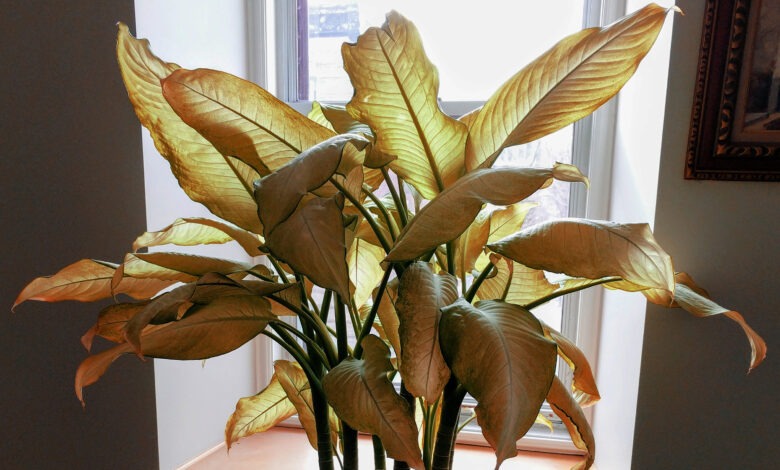It is Heartbreaking to see the beautiful plant that lightens your house to wilt away due to little difficulties, Plants when first brought into the home look fresh, clean and so beautiful but may start to die a few weeks after, The leaves of your indoor plants may turn yellow, they may start falling off, or they become limp, When this happens to your indoor plant, especially your favorite plant, you don’t need to panic or throw it away, and it is possible to revive it.
This article aims to provide you with vital information to prevent your plants from wilting and also revive your indoor plants. Reviving indoor plants may look tasking and too challenging if you don’t know the right things to do, Here you will also find some issues that cause your plant to shrink and some ways to nurse your plants and revive them and make them beautify your indoors again.
Choosing new fresh plants for your home is funny until they begin to look less fresh after weeks or months that you keep them indoors, All plants have the ability to survive and this article suggests the various ways and steps to revive your indoor plants.
1. Repot Your Indoor Plant
Changing the pot used for your indoor plant can make a lot of difference, However, it is important to choose a pot that is wider than the one originally used for your indoor plant, The kind of pot you are using should have enough space to allow the proper growth of your indoor plants and help them to thrive. Covering of drainage holes in your new pot with coffee filters can be a good idea to help your plants to survive.
2. Improve Your Indoor Plant’s Diet by Feeding It Better
Just like human beings, your indoor plants need good food to survive as well. For this reason, in addition to a newly replaced pot, you should also change the soil continually. The plant you have just replanted in a new pot will also love to get better and regular feeding. In some occasions, the use of fertilizers can be a great idea as the fertilizers provide your plants with major minerals that are essential for its growth and rapid revival. However, it is important to feed your plant regularly but not too much.
3. Expose to Light Sun
Even though water is good for your plant, watering must be moderate. You should learn about your plant’s dormancy periods, so you don’t keep wetting it unnecessarily, According to experts, you should note when your plants are in their dormancy period, so you don’t drown them.
4.Give it Moderate Water
Even though water is good for your plant, you should not water-log your indoor plants. You
should be familiar with periods when your plants are dormant, so you do not keep wetting them
unnecessarily. According to experts, you should note when your plants are in its dormant period,
so you do not drown it.
5. Remove All Kinds of Pests
Pests are known to cause damage to plants, reduce their yield and their overall health. A weak-looking plant in some parts such as leaves and stems may be an indication that bugs may be a reason, To remove pests from your indoor plants, you can gently wipe the leaves of your plant with mild soapy water or spritz the leaves with mild soapy water, The removal of these pests from your indoor plants allows them to grow better and help revive them back to life.
6. Use of Greenhouse
Some people will likely not keep indoor plants because they require a more humid environment. However, if the plant you want to revive needs a humid environment, all you have to do is to create a greenhouse for it, simply by placing a plastic bag over the plant and keep for a few days until plant’s revival.
Conclusion
Plants, especially flowers, are used indoors to beautify the house, It will sadden the heart to see such beauties wither away due to a few problems. In order to prevent this, it is important to keep the environment of your plant clean. To revive an indoor plant, you have to identify the underlying causes and then work on activities that will correct these defects.
